Rolls-Royce has unveiled an all-new, second-generation version of the most successful car in its history: the Goodwood-built Rolls Royce Rolls-Royce Ghost saloon. The new model ditches the BMW 7 Series-derived underpinnings of the original car in favour of the latest flexible aluminium spaceframe already used for the Rolls Royce Rolls-Royce Phantom and Rolls Royce Rolls-Royce Cullinan.
Billed as a “slightly smaller, less ostentatious means of owning a Rolls-Royce” than the Phantom, the new Ghost is 90mm longer than its predecessor, at 5549mm, and 30mm wider. It’s powered by a specially adapted version of the 6.75-litre twin-turbocharged V12 introduced with the Cullinan, replacing the outgoing model’s 6.6-litre unit but offering unchanged power (563bhp) with 10% more peak torque, up to 627lb ft.
With a commensurate entry price of £208,000 before local taxes (nearer £250,000 in the UK), the Ghost is claimed to be the company’s most high-tech model yet, even more so than the Phantom by virtue of its standard four-wheel drive and four-wheel steering. It also introduces impressive new ride comfort and noise reduction measures that would appear likely in time to flow through the rest of the range.
The new Ghost’s imminent arrival has already been used by Roll-Royce to introduce the concept of ‘post-opulence’, a quality of design simplicity and purity the company’s researchers say appeals to customers who will make day-to-day use of the car, sometimes by using a chauffeur and sometimes driving it themselves. According to Rolls designer Henry Cloke, who first articulated the post-opulence idea, the flexibility of the new spaceframe allows the Ghost its impressively short front overhang (which in turn improves handling by allowing the engine’s weight to be carried entirely inside the wheelbase), and adds about 30mm of body width while maintaining an uncomplicated body side design.
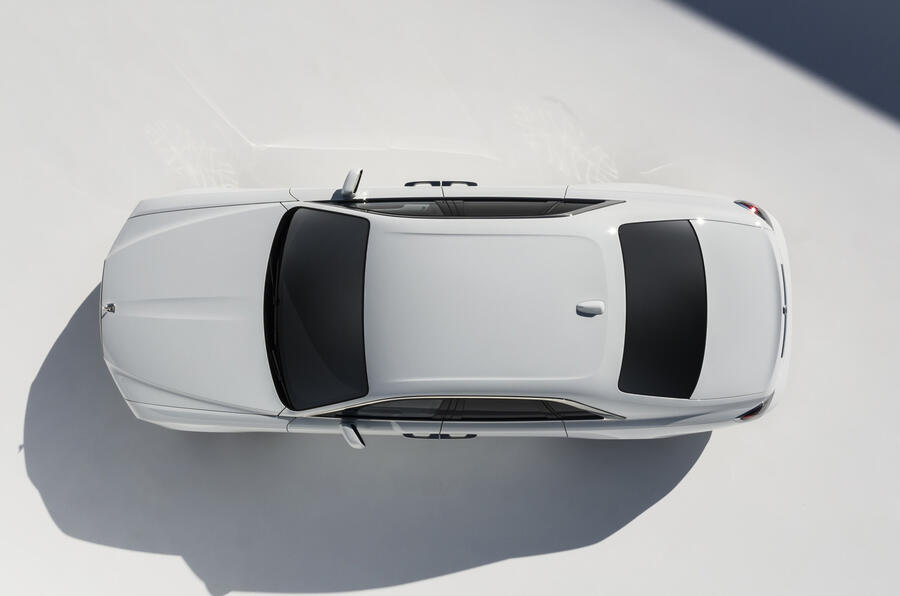
The car’s styling extends the themes of the previous model. The grille now has a one-piece surround and the retractable Flying Lady now emerges neatly from a simple aperture in the bonnet, not the grille surround, creating a whole new demand for precision engineering. New LED and laser adaptive headlights have a simple but technical design, while the body side’s main feature is a single elegant line, beginning at a vertical front crease then sweeping through the car from the front wings to the extreme rear.
The only other panel detail is a gentler ‘waft line’, borrowed from yacht design, towards the bottom of the front and rear doors (now power-operated for both opening and closing).
Panel joints have been eliminated as much as possible all over the car to give the impression that each body side is “one clean, expensive piece”. The Ghost’s rear overhang is now longer in proportion to the front, an elegant Rolls tradition already present on the Phantom.
The suspension is ostensibly a conventional self-levelling, all-independent system of double wishbones at the front and five links per side at the rear, but the Ghost introduces a brand new ‘Planar’ system (named after a geometrically perfectly flat plane) that combines three co-operating mechanical and electronic elements to improve comfort.
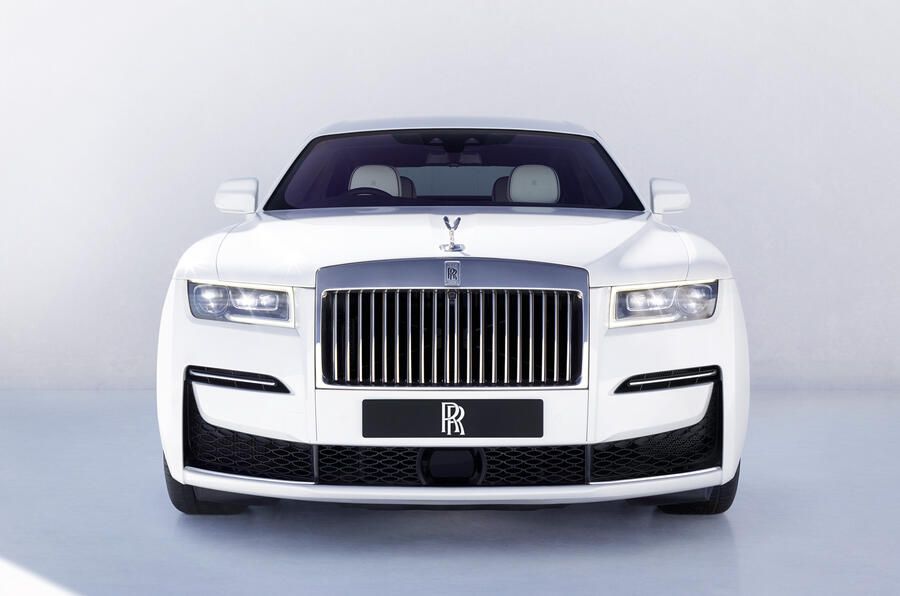
A mass damper on each front suspension top wishbone counteracts vibrations that surround bump impacts, while a stereo camera system called Flagbearer examines the approaching road surface at speeds up to 60mph and adapts the suspension rates to suit, and a system called Satellite Aided Transmission uses GPS data to select the correct ratio in the Ghost’s eight-speed automatic gearbox to suit approaching corners, rather than reacting conventionally. The whole set-up is juggled by integrated software and results in what lead engineer Jon Simms calls “a magic carpet ride”.
The Ghost bristles with engineering refinements on the noise reduction front, but, according to acoustics lead engineer Tom Davis-Reason, the car’s “extraordinary acoustic quality” is underpinned by Rolls-Royce’s aluminium architecture. “There is simply no way we could have created such an acoustically refined environment using a steel platform,” he said.
To further reduce noise, Rolls-Royce’s engineers have assessed and tuned every component, including the seat frames, to a specific resonant frequency they call ‘the whisper’ – a subtle undertone that occupants experience as a single note. Apparently dead silence, were it technically achievable, would be disorientating.
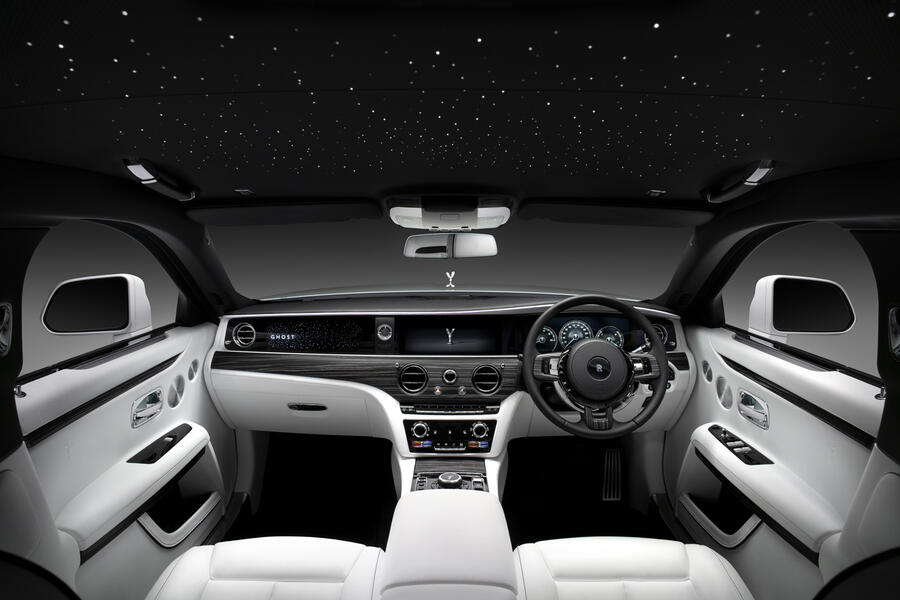
Along the way, the engineers have cut ‘ports’ between the cabin and boot to achieve the whisper and have deliberately created large chambers in various parts of the frame to carry noise-deadening materials that amount to 100kg of the Ghost’s total kerb weight.
Naturally, the new model has all the latest electronic parking, visibility and driver assist features, along with an 18-channel, 1300W premium audio system. Two active microphones juggle audio frequencies, dulling those that intrude and enhancing those that need a boost.
The challenge, say Rolls-Royce insiders, has been to ensure that the Ghost’s relatively complex functions can be operated by simple controls, a theme carried over from the previous model.
The interior decor continues the car’s minimalist exterior design themes, but materials and execution are of the highest quality; 20 leather half-hides cover each cabin and there are 338 trim panels whose quality must closely match one another. An optional ‘starlight’ headliner carries hidden integral exciter speakers that can, in effect, turn the whole headlining into a speaker.
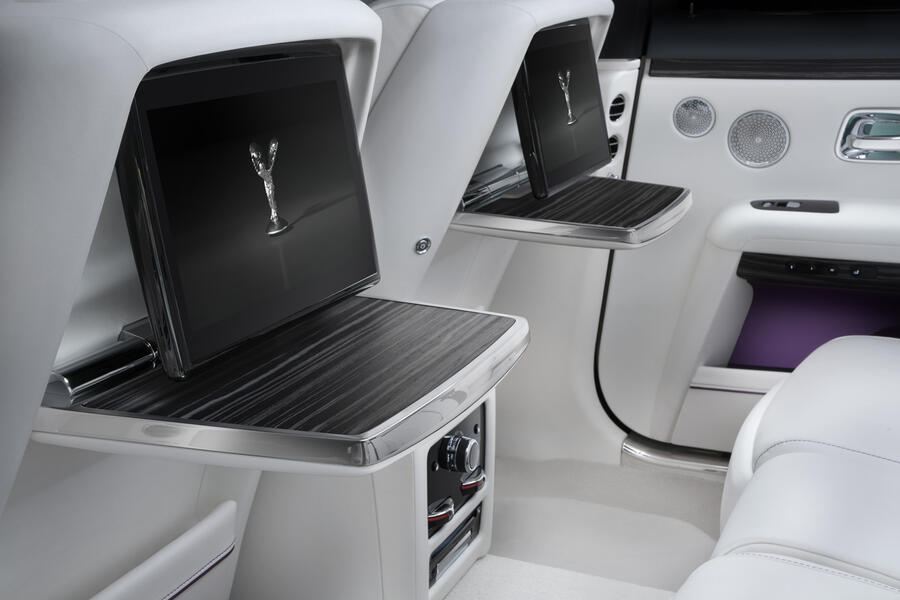
The dashboard features a ‘Ghost’ script ahead of the passenger that lights when the door opens but which is otherwise completely invisible. And rather than scattering “complex, busy” stitching everywhere, Rolls designers have opted for long and perfectly straight lines.
The Goodwood factory has already started building cars for worldwide delivery, and they should be in the first owners’ hands before the end of the year, while our own first drive of the new Ghost is only a few weeks away. Customers are already ordering cars, and although Rolls never quotes numbers, it would appear that demand so far is reassuring.
First ride: New Rolls-Royce Ghost development prototype
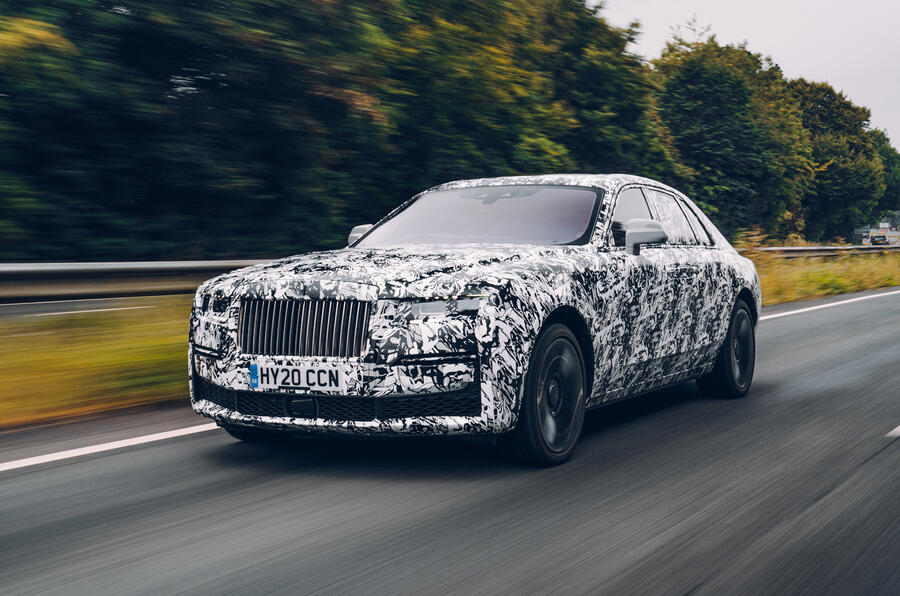
Once, it hardly mattered how a Rolls-Royce handled as long as it was soft-riding and quiet, but those days are long gone. It was something Ghost engineering boss Jon Simms was keen to demonstrate at the end of my viewing of the new car, by taking to the road in an extravagantly disguised prototype.
Collecting the car from Goodwood’s super-secret prototype department, I stepped through the rear-hinged coach door (which had been silently opened by an electric motor) and settled into the sumptuous rear seat. Off we drove, up the Goodwood Hill and north towards Midhurst, before returning on small roads for a bit of high-speed stuff on the coastal M27.
The car is amazingly quiet. You don’t hear separate impulses or vibes from the engine – just a faint hum-cum-whine to inform you that the 563bhp and 627lb ft up front are actually at work.
Simms was keen to show how well the car’s four-wheel steering helps change lanes — a kind of eerie stability that seems entirely at odds with the car’s very relaxed ride rates — and how, despite the absorption on offer, there’s very little squat under power or nosedive under brakes. I’d call this car a true paragon of stability.
Better still, you could watch (rather than feel) the precision of the steering as we moved briskly along narrow roads, effortlessly maintaining a gap a foot from the hedge, without the car seeming to need steering adjustment at all.
The higher speeds were a joy and an anti-climax. There’s exhilaration in covering ground quickly with so little apparent noise or effort. But I soon found that if you’re looking for something extra to describe as the Ghost’s speeds rise — engine noise, vibrations, wind rustle, anything — you’re in for a disappointment. As Rolls customers may be relieved to hear, there aren’t any.
Q&A: John Simms, Rolls-Royce Ghost Engineering Lead
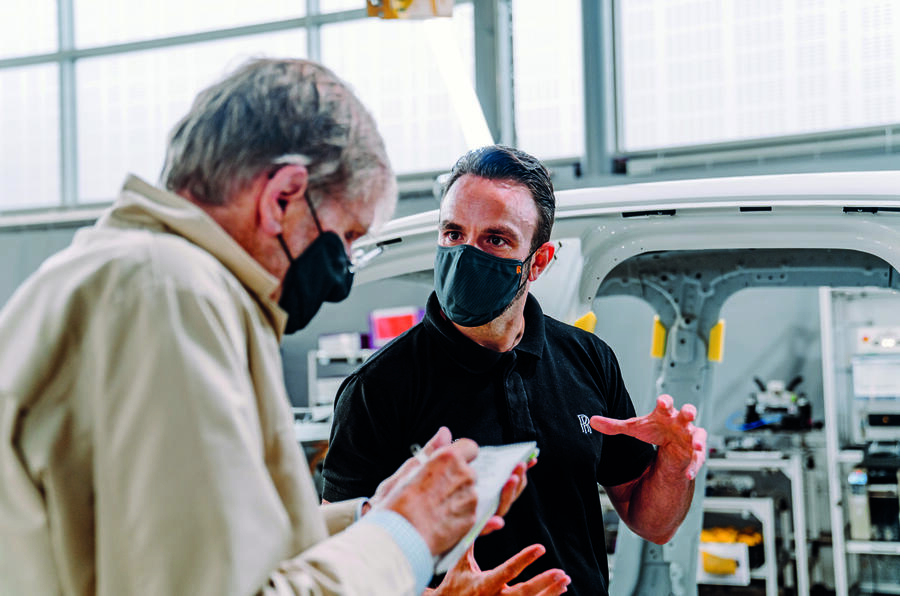
You’re calling this the most high-tech Rolls-Royce; is it more advanced than the Phantom?
“Yes it is, by virtue of the permanent four-wheel drive and four-wheel steering, and because we’ve made various iterative changes to systems like navigation and suspension.”
There’s now a close relationship between the new Ghost and Phantom suspension hardware, right?
“Yes, indeed. That’s the whole point of building cars on our shared architecture. It doesn’t mean they have to be the same size or proportions, but it brings many new benefits to Ghost it couldn’t have had before.”
What does your Flagbearer stereo camera see when it looks down the road?
“It doesn’t actually see every bump or pothole; it works to assist our other Planar suspension measures. It’s our way of going the extra mile. In reality, it sees shadows and highlights and can forewarn the system of big road disturbances in time for a change of suspension settings.”
Given all of your noise, vibration and harshness measures, is the Ghost now quieter than the Phantom?
“No, neither in objective nor subjective terms, although they’re now pretty close. In Phantom, you get the benefit of a bit less engine and gearbox noise because you’re sitting farther away from them. Phantom also has a thicker D-pillar and larger cavities in the body for noise-cancelling materials. We checked them regularly, to see how we were faring with Ghost. Mind you, compared with any other car made, both of them are extremely quiet cars.”
Does anyone else use your ‘whisper’ idea for tuning the car’s vibration frequencies? Is this a BMW theory?
“No, we’ve not heard of it from BMW and we’re not aware of anyone else doing it that way. We think it’s one important benefit of having a very small acoustics group; larger teams have specialists in different acoustic areas whose work then has to be integrated. But we all pull in the same direction, and it works.”

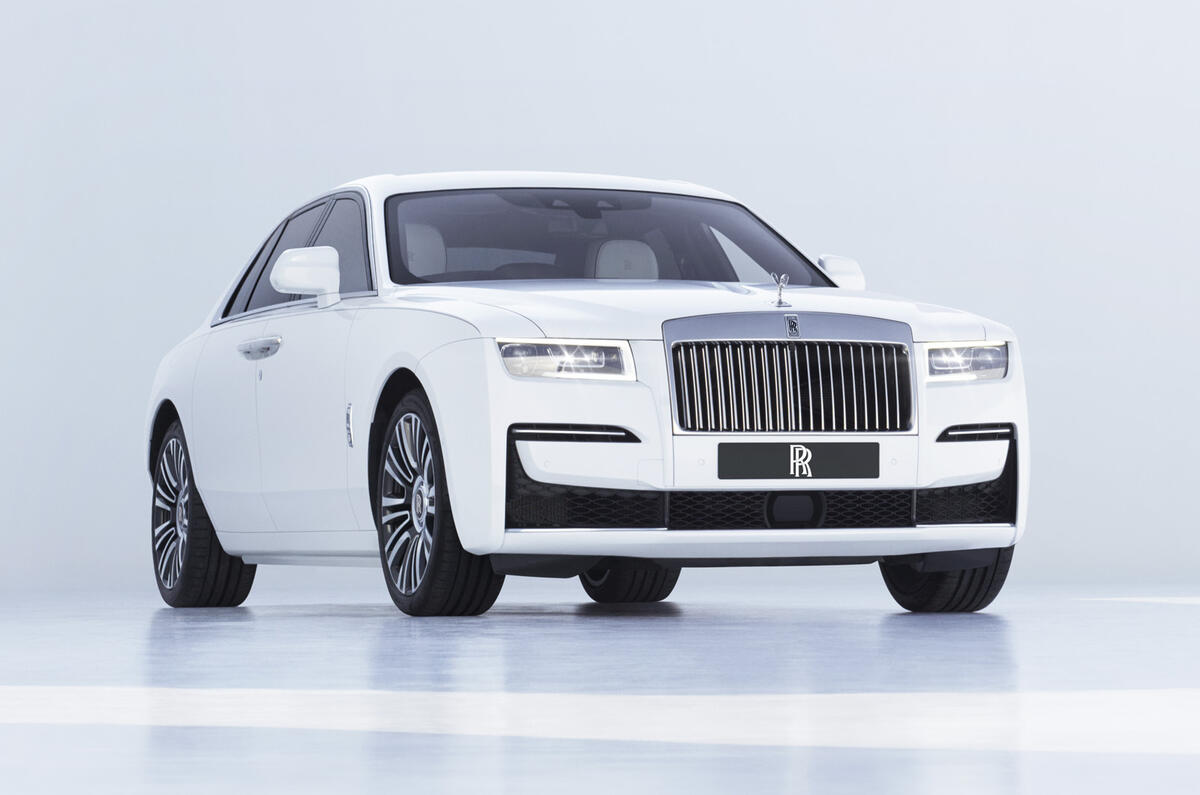

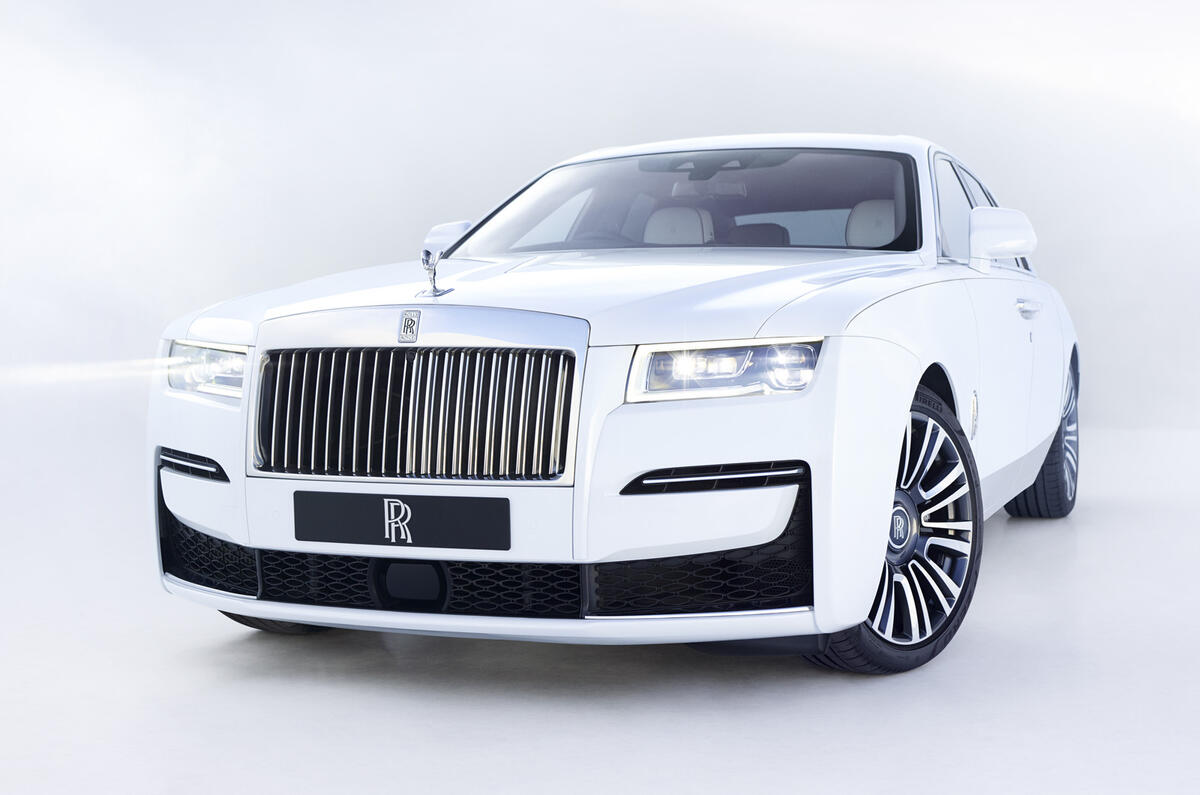
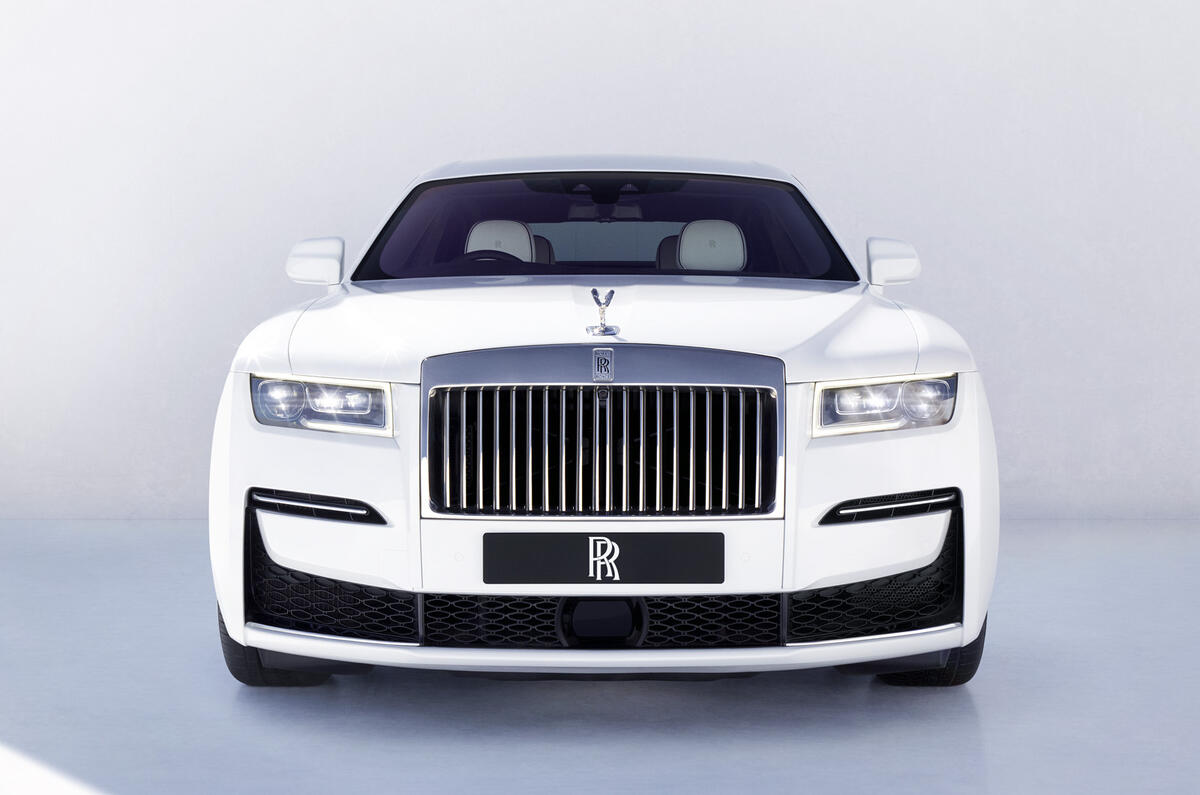
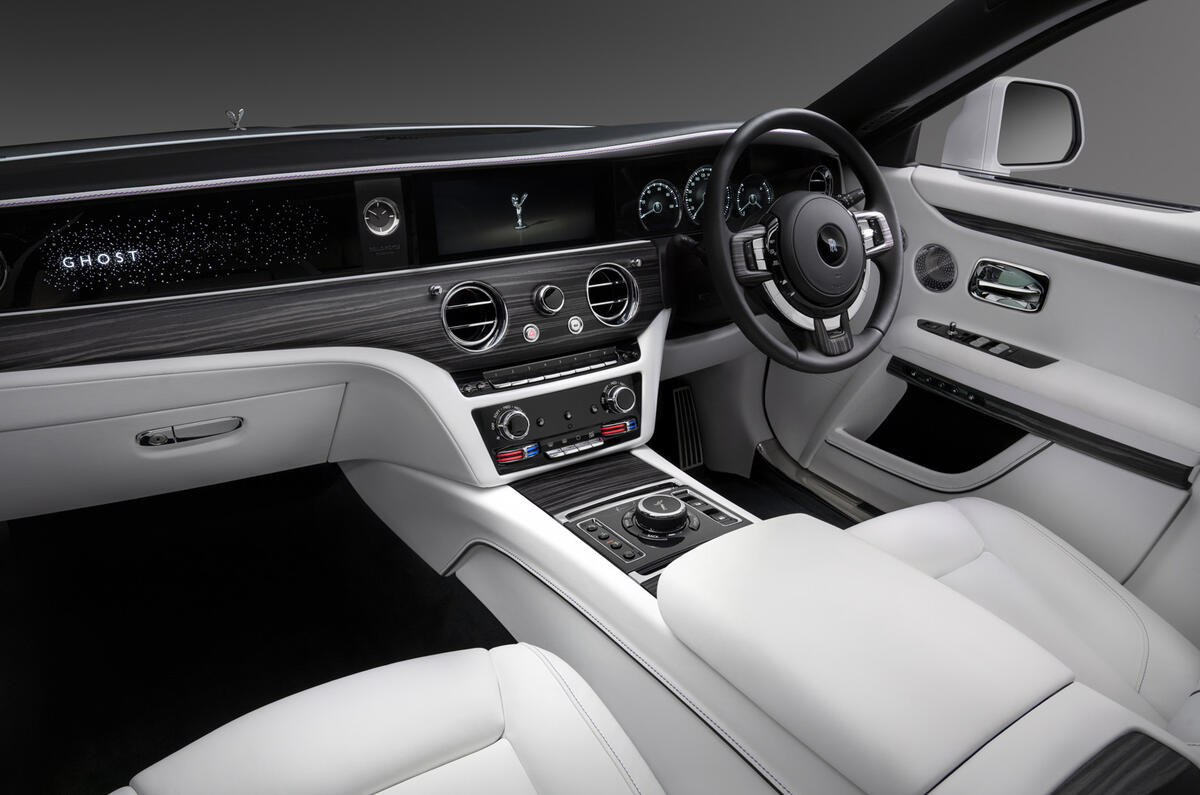

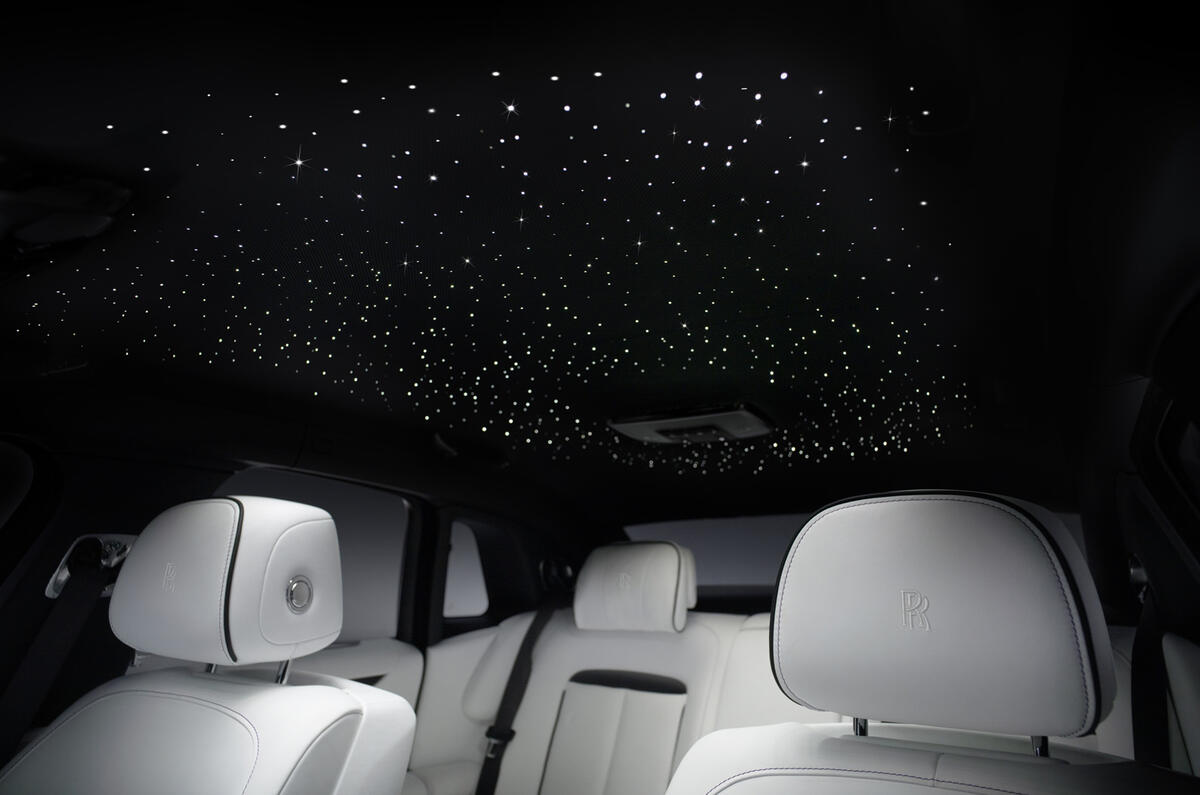
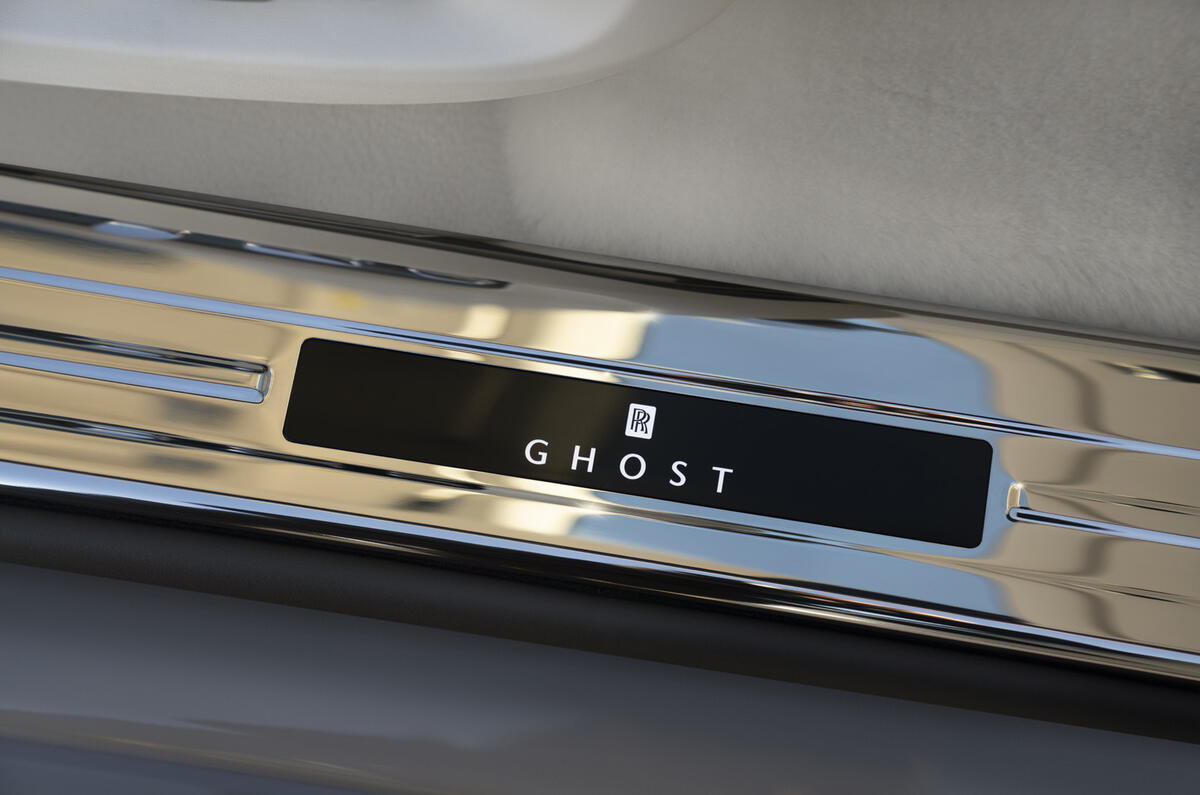
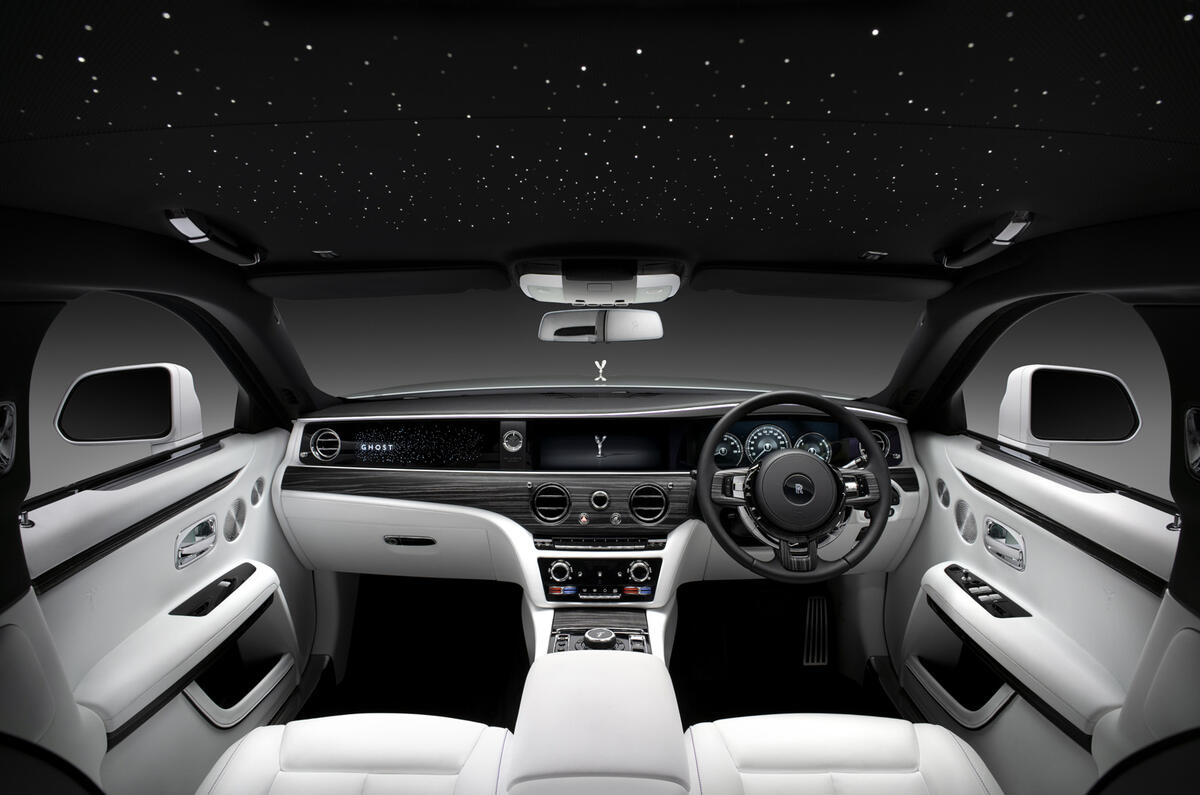
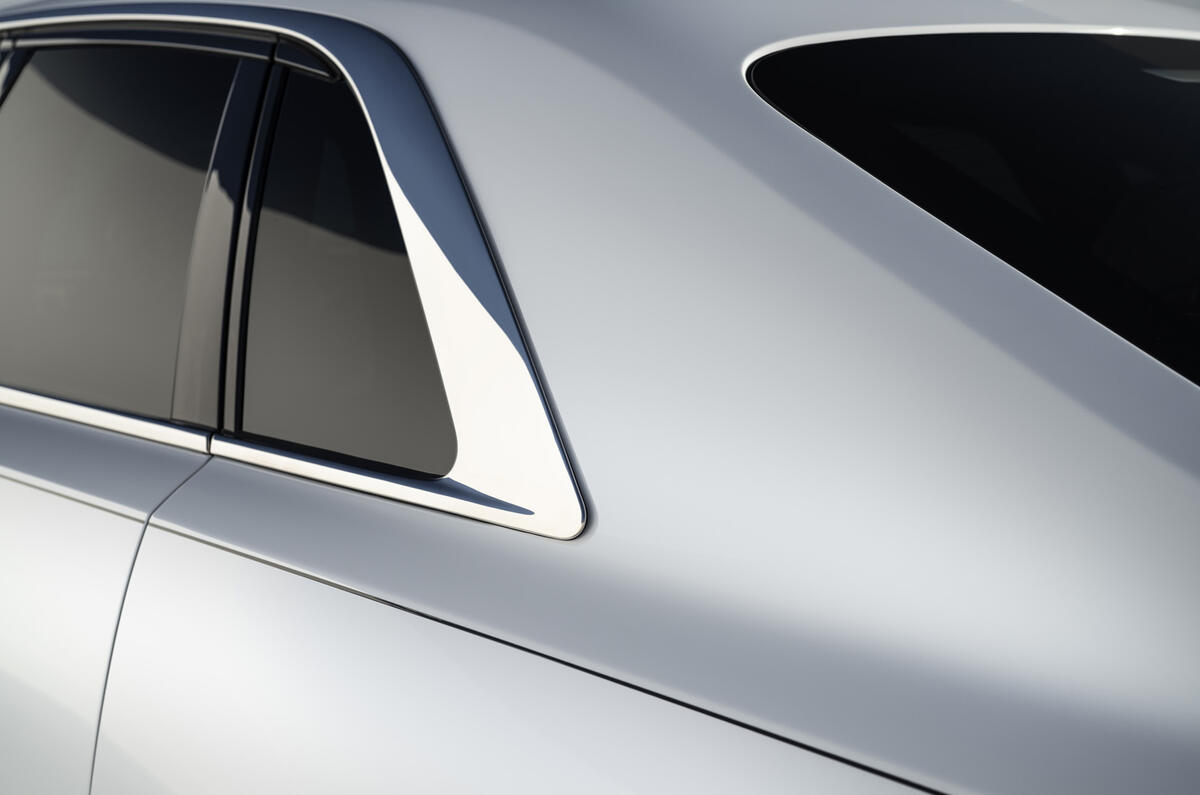
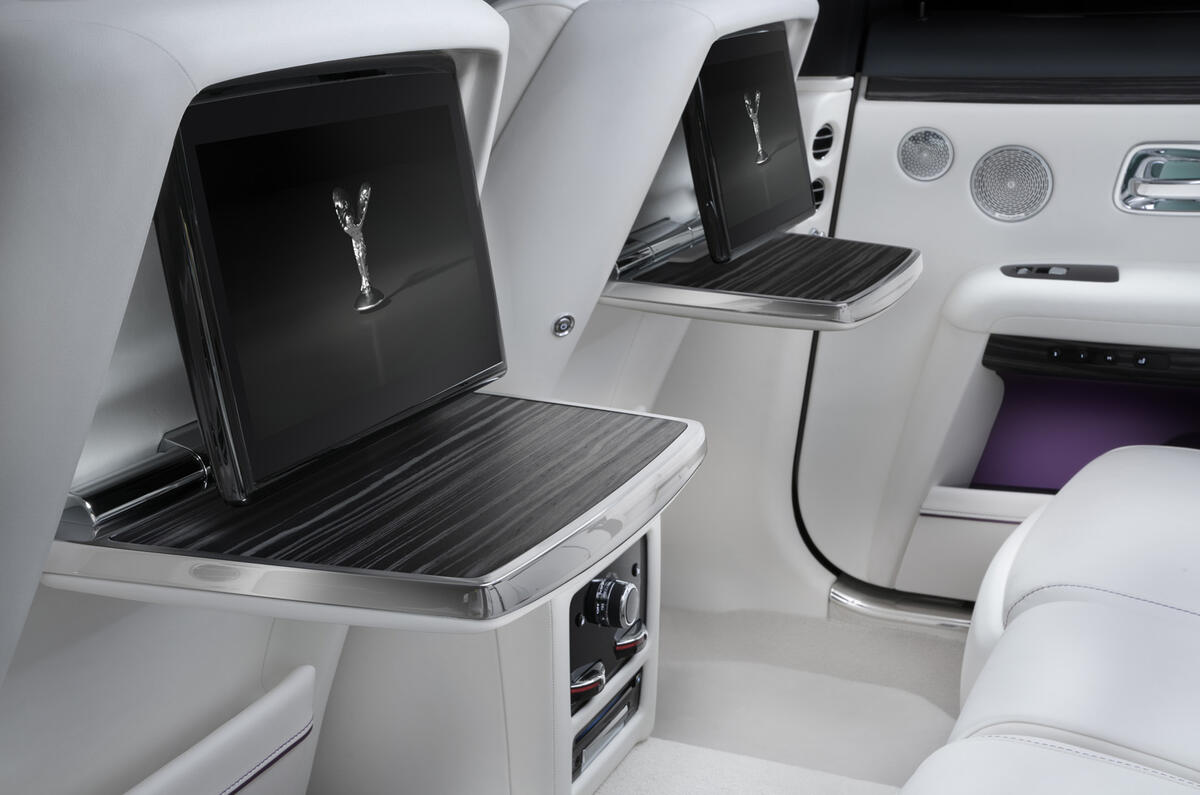

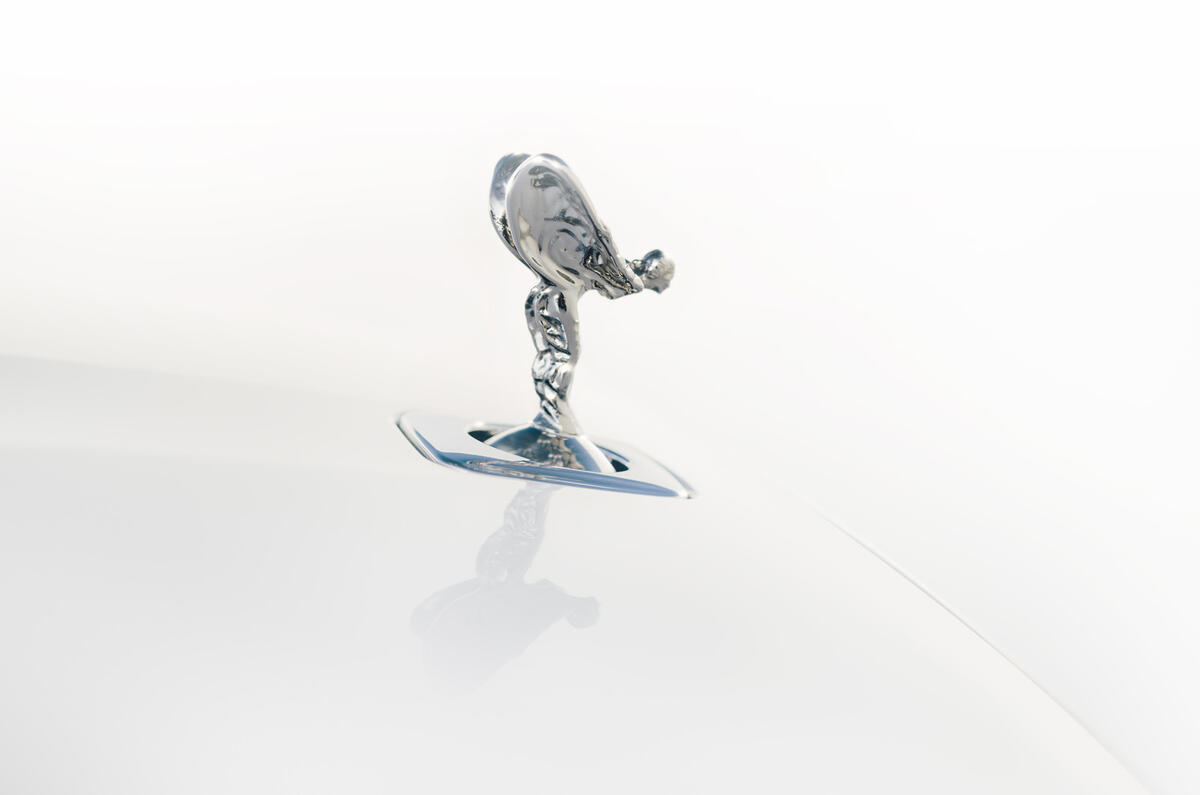
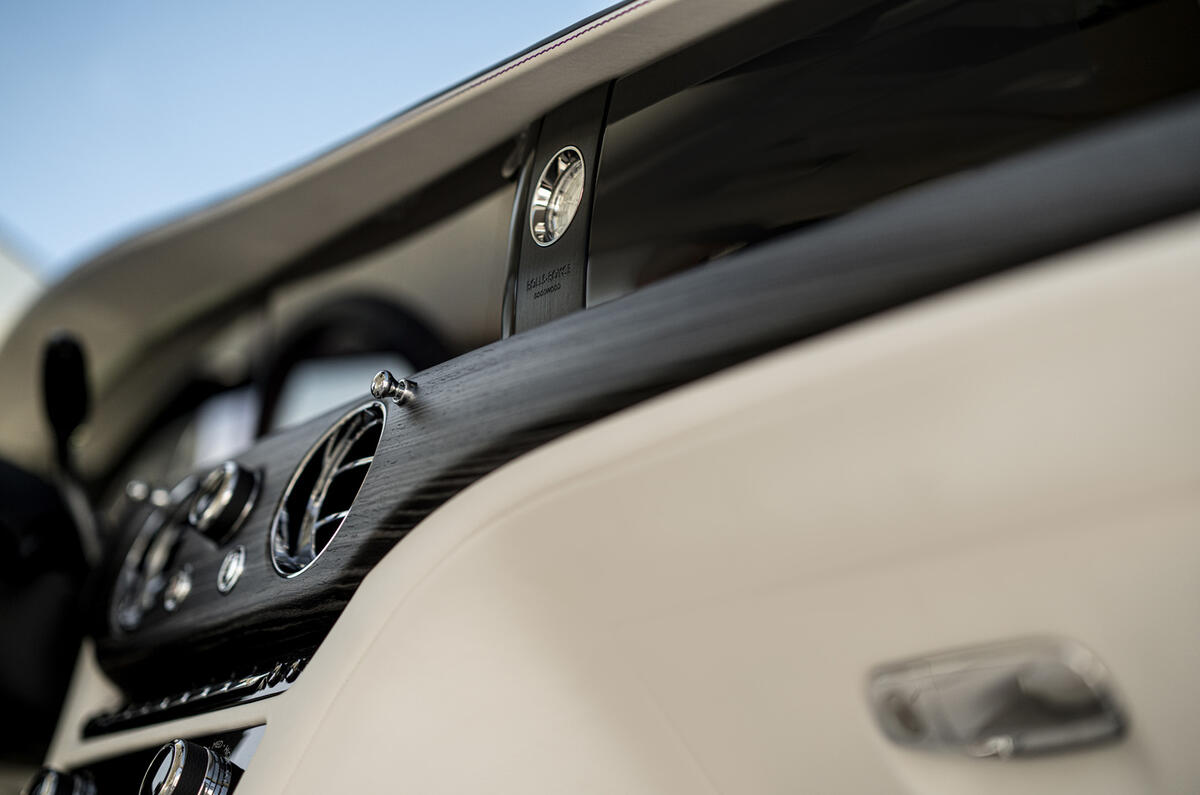

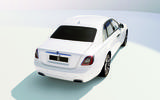
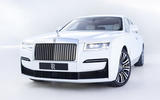
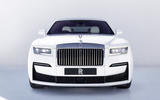
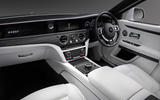
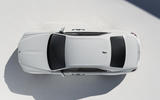
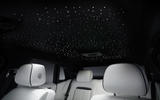
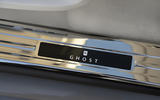
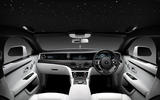
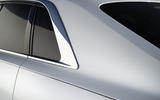
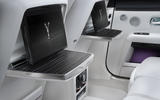
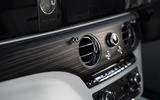
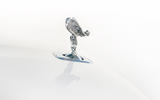
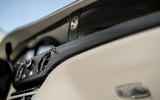






Join the debate
Add your comment
All the RR you'd ever need,
All the RR you'd ever need, especially as now it's on the same platform as the Phantom
The trouble with the starry
The trouble with the starry roof thing is that you can't open it and see actual stars. What a metaphor for this world in which reality is a toublesome, unpredictable thing, best replaced by something virtual and configurable, be it stars, friends, your look, the carefully curated online version of your relationship, etc. etc.
What's so great about an
What's so great about an aluminium space frame? Jaguars have been made out of aluminium for years.